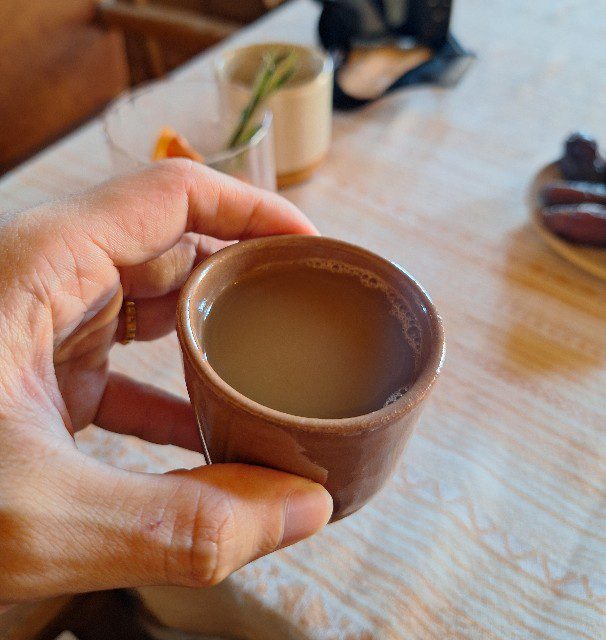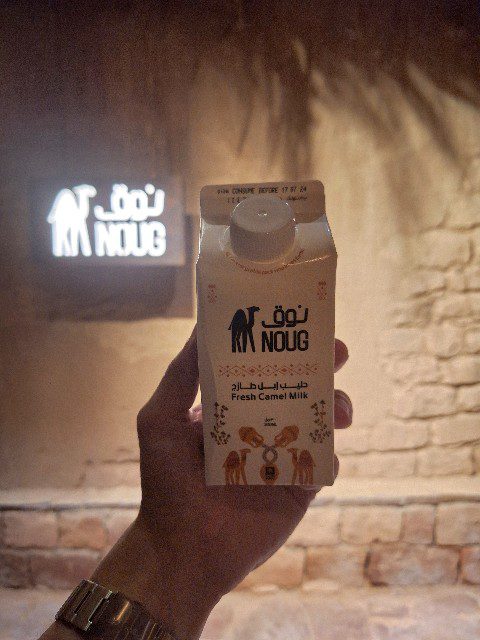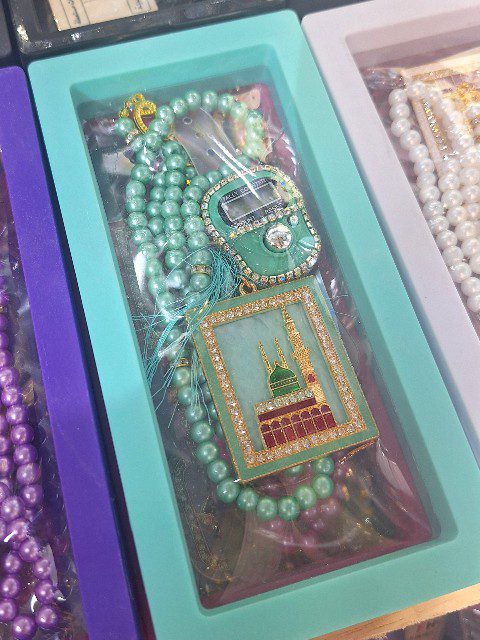
Join the Arab community just by wearing one? An introduction to the kufiya (shemagh)
While traveling through the Arabian Peninsula in midsummer, I became captivated by the charm of the traditional headcloth called “kufiya” (also known as shemagh or shmagh). What started as a souvenir I somewhat reluctantly purchased gradually became an essential travel item. Today, I’d like to share the appeal of the kufiya and report on my quest to find a new one in Riyadh, the capital of Saudi Arabia.
What is a Kufiya?
The kufiya is a traditional headscarf widely used in Arab countries. Typically characterized by its distinctive red and white checkered pattern, it is worn to cover the head, with the fabric draped down to the neck.
Also called “shemagh” or “ghutra,” it’s typically secured with a black ring-shaped cord called “iqal.” This traditional headscarf is not merely a fashion item but rather a crystallization of wisdom that has supported Arab life for centuries.
Meeting in Oman

My first kufiya, somewhat forcefully purchased at Muttrah Souq
My first encounter with a kufiya was at Muttrah Souq in Muscat, the capital of Oman. Purchased at the enthusiastic recommendation of an eager shopkeeper in the bustling market, I was initially skeptical, thinking “When will I ever use this?” However, this turned out to be an unexpected treasure.
The true value of the kufiya was revealed during the intense summer sun of the Arab world. The effect was especially dramatic when I traveled through the Hejaz region of Saudi Arabia. Compared to regular hats, the kufiya has surprising advantages.

Kufiya proving invaluable in the desert
First, the white and red fabric effectively reflects sunlight and has heat-blocking properties. The material and weave also provide excellent breathability, effectively preventing head stuffiness and itching. Additionally, it completely covers the back of the head, which is difficult to protect with regular hats.
Unlike hats, it can be securely fastened to the head even in the strong winds that blow through Arab cities. Most importantly for backpackers, it can be folded compactly when not in use. As someone carrying belongings in limited space, this feature was extremely valuable.
Getting a New One in Riyadh
Having used my beloved kufiya extensively, I unfortunately left it behind at a hotel due to travel fatigue. However, having become accustomed to wearing a kufiya, I couldn’t imagine walking around Saudi Arabia under the scorching sun without one. So I decided to get a new one in Riyadh.

Alsafat Square, infamously known as the site of public executions
I decided to visit the Abaya Market near Alsafat Square, which I had visited for sightseeing. This square is a historic site where beheadings are carried out on Fridays and is famous as a tourist destination. Since it was a weekday, the square was sparsely populated, creating a unique tense atmosphere.

Riyadh’s Abaya Market is quiet on weekdays.
The Abaya Market, as its name suggests, mainly deals with abayas (women’s black robes) but also carries a rich selection of men’s clothing.

The first shop I entered had surprisingly high prices, with even the cheapest kufiya costing around $35. The interior felt like a luxury tailor shop, with products made from high-end materials like silk beautifully displayed. Various colored kufiyas were neatly arranged on the walls, each showing careful craftsmanship. This was typical of the luxury offerings found in wealthy Saudi Arabia.

However, as a backpacker, I was looking for something practical and reasonably priced. After walking around the market, I finally found a shop with the ideal atmosphere. This shop had more reasonable prices starting from around $15, with a more down-to-earth feel. The shopkeeper was also friendly and warmly responded to my broken Arabic.
Finding the Perfect Kufiya

While examining several options, I fell in love at first sight with an embroidered piece. It had an appropriate sense of luxury and I was captivated by the design featuring Arabic calligraphy. When I held it, the fabric quality was excellent—exactly what I was looking for. At $30, it was more expensive than what I had bought in Oman, but with the urgent need to avoid prolonged deliberation under the scorching sun, I made an immediate decision.

The shopkeeper also recommended purchasing an iqal, but I politely declined. While using an iqal is certainly the orthodox Saudi style, I was already accustomed to the Omani way of wrapping.

The Omani style of wrapping doesn’t require an iqal
This style, sometimes called the “pirate wrap,” was taught to me directly by Bedouins in Oman, and I have a personal attachment to it. This simple yet functional wrapping method truly embodies nomadic wisdom. In fact, while walking around Saudi Arabia, locals sometimes approached me asking, “Did you learn that way of wrapping in Oman?” creating unexpected opportunities for cultural exchange.
Conclusion
The kufiya is not merely a fashion item but a crystallization of wisdom adapted to the Arab climate. It maintains sufficient practicality even today and serves as a reliable ally for travelers in particular. Additionally, learning the local way of wearing it can create wonderful opportunities for interaction with local people.
When traveling the Arabian Peninsula, it’s definitely an item worth having. For me, the kufiya has become more than just sun protection gear—it’s a special bridge to Arab culture.

The new one fits perfectly. I highly recommend purchasing one for anyone interested in Arab travel.





